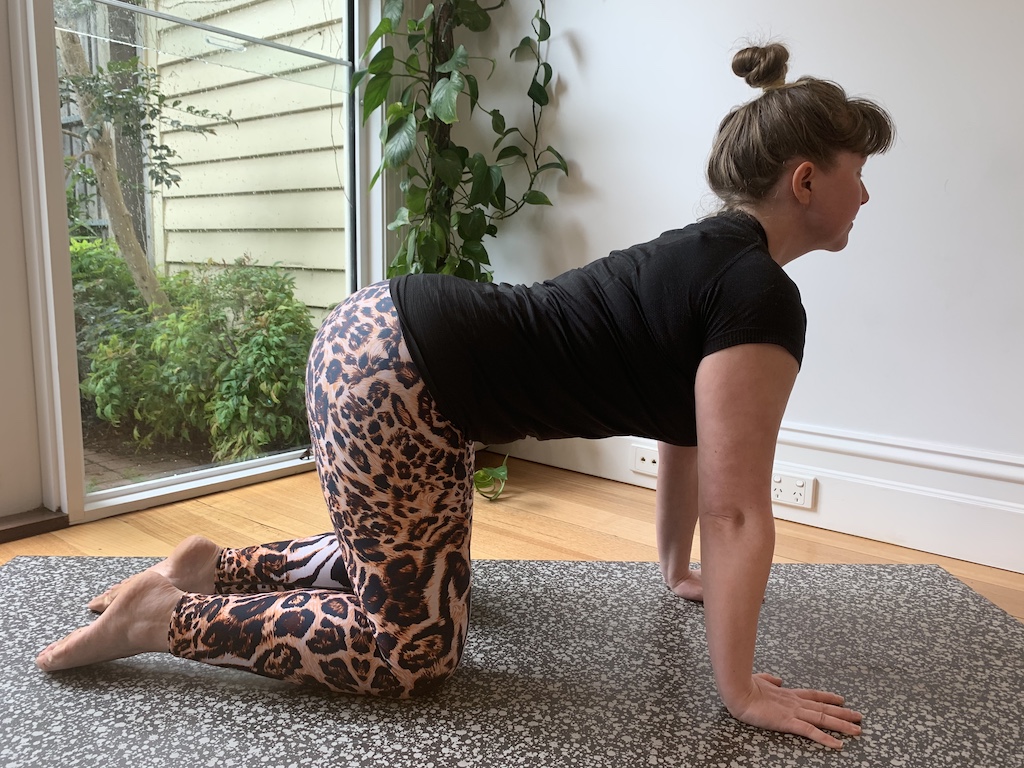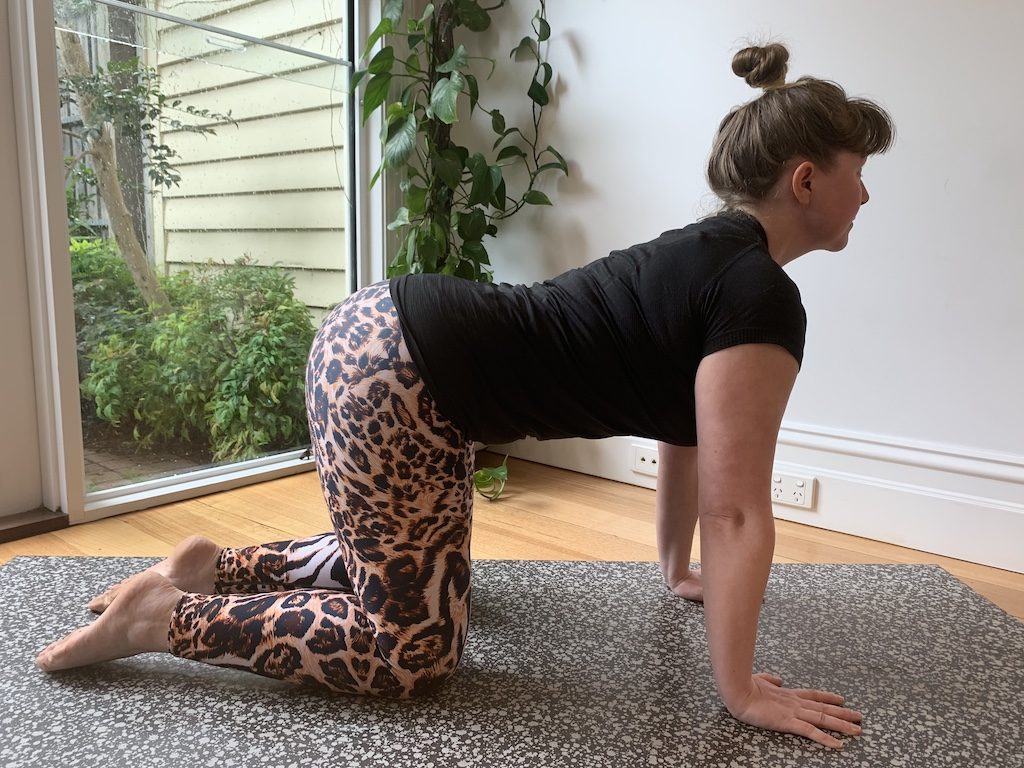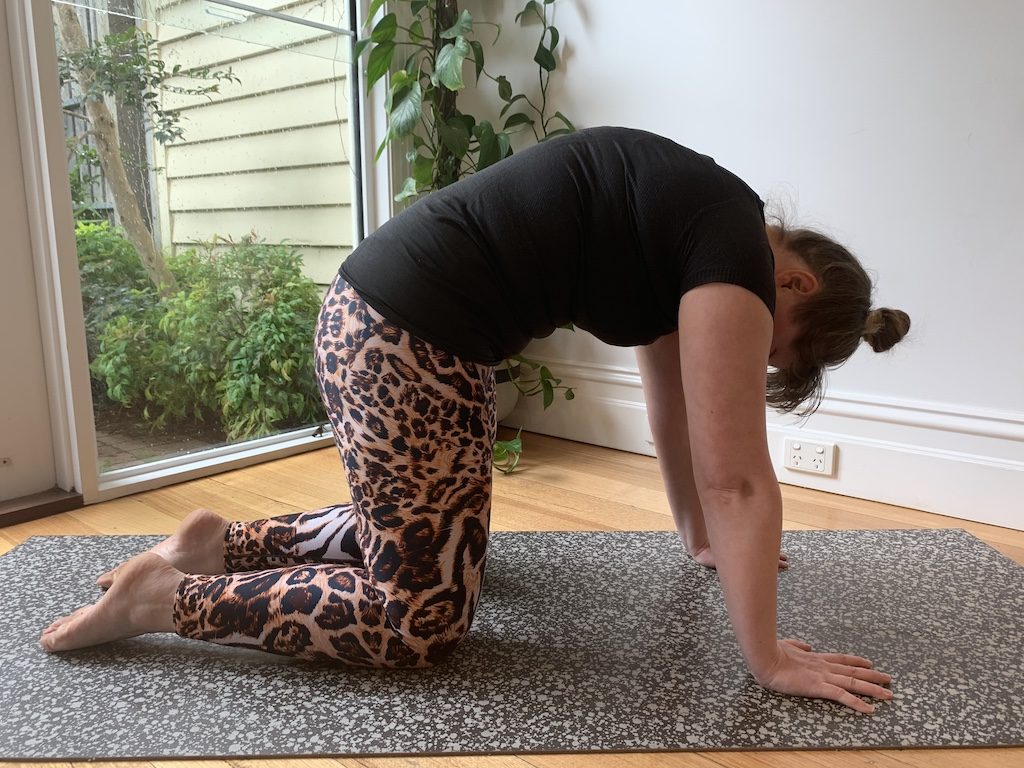Can you dig it?
Our experienced Williamstown therapists have shared their top tips for staying healthy in the garden.
With the weather warming up its easy to get excited about getting out into your garden. However, after a long winter lay off its also easy to injure your back, shoulders, knees or wrists whilst digging, pruning or planting.
Many of the tasks we complete in the garden are the opposite of the ones we do every day. Think of digging vs sitting at a desk. Very different movements are required at your hips, ankles and shoulders. We often forget that the tissues of our body adapt to things we do regularly and can often undergo strain and injury when we move them in irregular ways.
Our resident Williamstown Pilates instructor Brooke wants to introduce you to one such tissue that is emerging in popularity: Fascia
As we mentioned, the weather is warming up in Melbourne, which makes it prime time to get out in the garden and see how things are looking. Those of you who know me would know that my gardening skills see succulents tremble with fear if I pick them up in Bunnings. However, one “garden-like” environment I am familiar with is the body, so I thought an interesting comparison could be made relating fascia and your body mechanics, to the fundamentals of growing a blossoming garden.
What is Fascia
So, what is fascia? Do I have it in my body? How will knowing an overview of what fascia is make me the head gnome of my garden? Let’s dig around.
People often expect instant results in regards to movement and exercises, but you wouldn’t plant a rose bush and expect roses to bloom without some forethought and constant tending to the garden bed.
So applying the little knowledge I have about gardening, I would assume that to have a successful harvest, you would ensure that your foundation, the “garden bed”, has the ideal conditions.
You would want the soil to be fertile and nutrient-rich, have good hydration and draining properties, ensure the roots have enough space for growth and stability and pick a perfect spot by planting next to complementary plants etc.
So how does this connect to what fascia is? Fascia is collagenous tissue that covers your entire body underneath your skin. The properties of fascia: superficial, loose and deep could be referred to as the different layers in a garden bed with mulch, soil and sand.
Fascia connects everything to everything within the body. Muscles to bones, internal organs, nerves and blood vessels. Even though fascia could be divided into individual parts, let’s look at the whole matrix where local tending can have body-wide effects. Supplying the body with the right mixture of tissue hydration, multidimensional movement, muscle strength and the ideal nervous system conditions etc will make your inner garden bloom.
Nothing survives in stiff bound up soil or boggy soil that lacks structure, so why would your body move with ease, freedom and stability if your tissue is stuck, dense and/or lacks muscular glide and strength?
How do we warm up your fascia?
If we introduce some rhythmical fascia focused movement in multiple planes, dynamically stabilising the body you will provide the perfect conditions to help your body loosen up, glide and blossom. This will prepare your body to make your days out in the garden enjoyable, pain-free and provide you with the opportunity to relish and thrive in the beautiful Melbourne weather.
So before you tend to your outer garden and start digging, pruning or lifting, take a moment to tend to your inner garden with these mobilising movements targeted to the spine, foot and hip. E.g. Cat/cow, kneeling on hands and knees and rocking your weight forward and back with your feet in a dorsiflexed position.
If you find yourself a bit sore, stiff or feel you may have pulled a muscle, please reach out to our experienced team of Osteopaths, Myotherapists and Remedial Massage therapists. We are local to Altona, Altona North, Yarraville, Spotswood, Newport, Seddon, West Footscray and Hobsons Bay. Call or Book Online.






